Savouring the Delights of Spanish Empanadas
Thursday, February 29, 2024
Venturing into the world of Spanish cuisine brings us face to face with its tapestry of flavours, textures, and colours that speak volumes of its rich cultural heritage. Among the plethora of Spanish delicacies, the empanada stands out as a dish that captures the essence of Spanish culinary tradition with its simplicity, versatility, and sheer deliciousness. The empanada, with its origins going as far back as the Egyptians and Greeks 1600 BC, is essentially a stuffed bread or pastry baked or fried, with a plethora of fillings ranging from meats to vegetables, and even sweet concoctions for those with a penchant for desserts. The word "empanada" stems from the Spanish verb "empanar", meaning to wrap or coat in bread, which eloquently hints at the preparation process of these delightful turnovers.

The Ingredients
Creating Spanish empanadas can be a therapeutic process, allowing for personal creativity within the bounds of traditional recipes. Here, we share a classic recipe which serves as a foundation upon which you can build and modify to cater to your palate.
Ingredients for the Dough:
-
500g plain flour
-
1 teaspoon salt
-
120ml water (you might need a bit more, depending on the flour)
-
120ml olive oil or melted butter for a richer dough
-
1 egg, for the egg wash
Ingredients for a Traditional Tuna Filling:
-
2 tablespoons olive oil
-
1 large onion, finely chopped
-
1 red bell pepper, diced
-
2 garlic cloves, minced
-
1 tomato, peeled and diced
-
1 teaspoon sweet paprika
-
200g canned tuna, drained
-
2 hard-boiled eggs, chopped
-
Salt and pepper to taste
-
Chopped parsley, a handful for freshness
Feel free to adjust the quantity of the filling based on your preference or to explore other fillings.
Preparation Instructions:
-
Making the Dough:
-
In a large mixing bowl, combine the flour and salt.
-
Gradually add the water and olive oil/butter, mixing until a soft dough forms. If the dough seems dry, add a little more water.
-
Knead the dough on a floured surface until smooth. Let it rest covered for about 30 minutes.
-
Preparing the Filling:
-
Heat olive oil in a pan over medium heat. Sauté the onions and red bell pepper until soft.
-
Add the garlic, stirring until fragrant, then incorporate the diced tomato and paprika. Cook until the tomato breaks down.
-
Stir in the tuna, and hard-boiled eggs, season with salt, pepper, and add the parsley. Combine well and set aside to cool.
-
Assembling the Empanadas:
-
Preheat your oven to 200°C.
-
Roll out the dough to about 2mm thick on a floured surface. Using a round cutter or a small bowl, cut out circles.
-
Place a spoonful of the filling in the centre of each dough circle.
-
Fold the dough over the filling to create a half-moon shape, pressing the edges together. Use a fork to crimp and seal the edges.
-
Place the empanadas on a baking sheet lined with parchment paper. Brush them with a beaten egg for a golden finish.
-
Baking:
Let them cool slightly before serving. These empanadas are delicious warm or at room temperature, making them perfect for gatherings or a tapas-style meal.

Popular Fillings:
While the tuna filling is traditional and widely enjoyed, empanadas are celebrated for their versatility. Here are some popular variations:
-
Pork and Pepper: Pork mince cooked with a mix of spices and bell peppers, offering a succulent filling with a bit of a kick.
-
Chicken and Chorizo: A hearty combination where the smoky flavour of chorizo complements the tender chicken pieces.
-
Spinach and Cheese: Ideal for vegetarians, this combination of wilted spinach with tangy cheese like feta or goat cheese is both refreshing and satisfying.
-
Ratatouille: A delightful veggie option filled with the goodness of zucchini, eggplant, and capsicum, simmered with tomatoes and herbs.
-
Apple or Peach: Empanadas need not be savoury! A sweet filling of cinnamon-spiced apples or peaches can turn them into a delectable dessert.
Whether you stick to the traditional fillings or embark on a quest to find your unique combination, the process is as rewarding as the taste.
Their versatility makes empanadas a perfect dish for any occasion, from casual get-togethers to festive celebrations. Plus, experimenting with different fillings and dough types (including gluten-free options) can cater to a wide array of dietary preferences, making sure no one misses out on the joy of a freshly baked empanada So, roll up your sleeves and get kneading!
 1
Like
Published at 7:06 PM Comments (1)
1
Like
Published at 7:06 PM Comments (1)
Spain's Most Dangerous Snake: A Closer Look
Saturday, February 24, 2024
Spain, with its rich biodiversity and variegated landscapes, is home to a variety of snake species, yet none inspires as much caution and respect as the Seoane's viper (Vipera seoanei). This serpent, albeit not large, packs a significant punch with its potent venom, making it Spain's most dangerous snake. Here, we delve into the characteristics of the Seoane's viper, including size, the speed at which its venom acts, available antidotes, habitats, and identification tips, to better acquaint you with this fascinating yet formidable reptile.
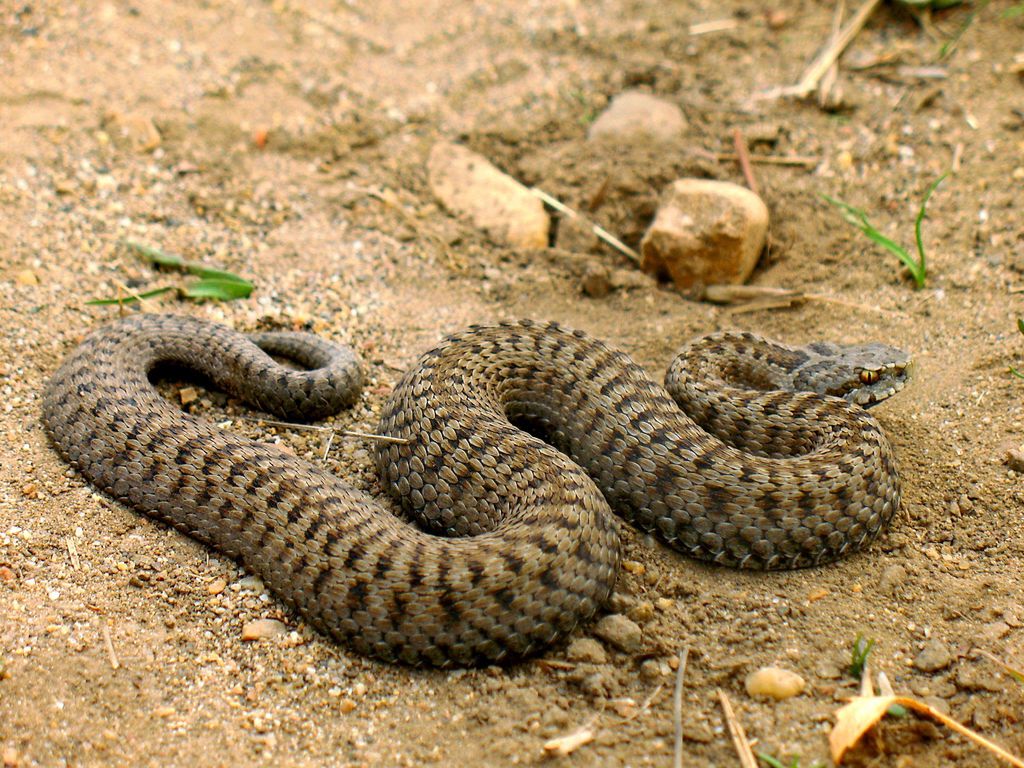
The Seoane's viper, while not the largest snake you might encounter in Spain, has a notable size for a viper. Adults generally reach lengths between 50 and 70 centimetres, with exceptional individuals stretching up to 80 centimetres long. This size enables the viper to prey on a range of animals, including small mammals, birds, and amphibians.
One of the reasons the Seoane's viper is considered so dangerous is the efficacy of its venom. The venom of this snake is haemotoxic, affecting the blood and tissues of the victim. Symptoms of a bite can include immediate pain, swelling, and discolouration at the bite site, followed by nausea, vomiting, and in severe cases, haemorrhaging and necrosis around the wound.
The speed at which the venom acts can vary depending on a number of factors, including the amount of venom injected, the location of the bite, and the victim's size and health. Generally, symptoms can manifest quickly, within minutes of the bite, necessitating prompt medical attention.
Fortunately, fatalities from Seoane's viper bites are rare, thanks partly to the availability of effective antivenoms. It is crucial for anyone bitten by a Seoane's viper to seek immediate medical help. In hospital settings, doctors can administer antivenom to neutralise the effects of the venom. The sooner the antivenom is given, the greater the chances of a full recovery, highlighting the importance of swift action in the event of a bite.
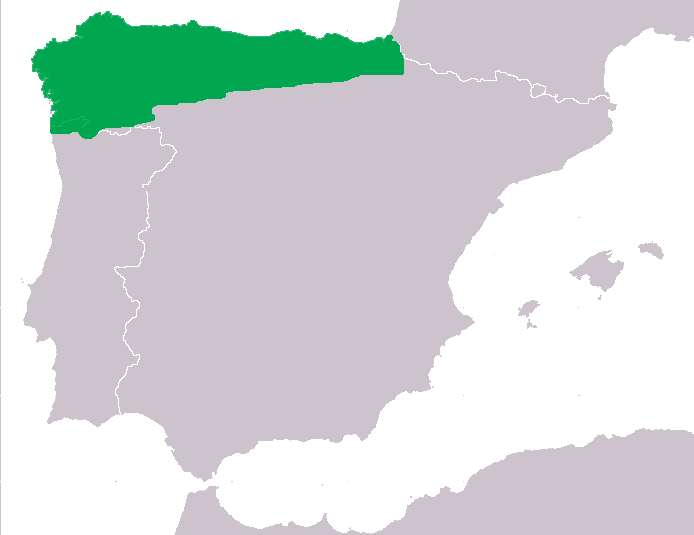
Seoane's vipers are predominantly found in the northern regions of Spain, favouring cool, moist habitats. They are adaptable and can be encountered in a variety of environments, including woodlands, meadows, and even semi-urban areas where their natural habitats intersect with human habitation. Their preference for such areas means that encounters with humans, while still relatively rare, can and do occur, especially in rural locales.
Identifying a Seoane's viper and distinguishing it from other snakes in Spain is vital to avoiding unwelcome encounters. Key characteristics include:
-
Colouring and Pattern: Their colouration varies from grey to reddish-brown, with a distinct zigzag pattern running down the length of their back. This pattern can be useful in distinguishing them from other, non-venomous snakes.
-
Head Shape: Like other vipers, Seoane's vipers have a distinctive triangular head shape, with a short, stubby nose. Their eyes have vertical slit pupils.
-
Size: Considering their moderate size, any large snake encountered is unlikely to be a Seoane's viper.
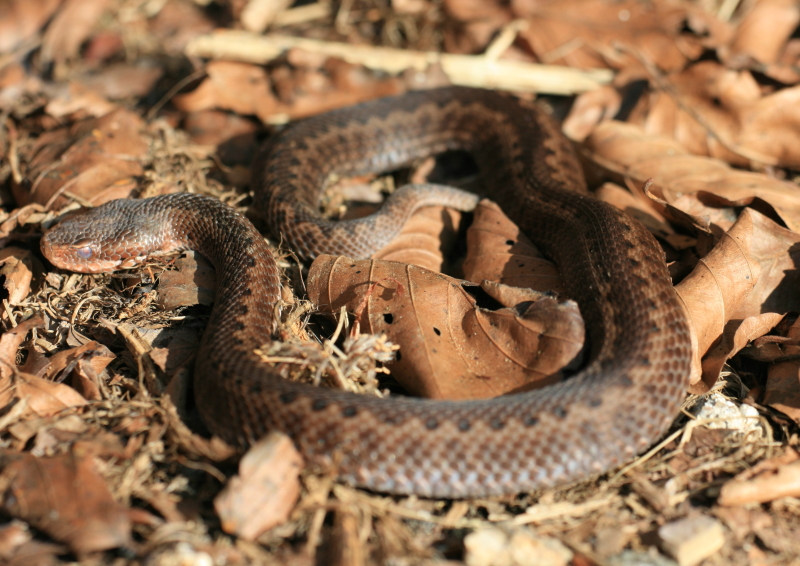
While the Seoane's viper is indeed Spain's most dangerous snake, encounters leading to bites are uncommon. To minimise risks, it is advisable to:
-
Remain vigilant while walking in their habitats, especially during warmer months when snakes are more active.
-
Avoid reaching into areas where visibility is limited, such as dense underbrush or piles of rocks and leaves.
-
Wear protective clothing, such as long trousers and boots, when moving through areas known for viper presence.
The Seoane's viper, with its distinctive appearance, potent venom, and specific habitat preferences, stands out as Spain's most dangerous snake. Armed with knowledge about this species, including how to identify it, the symptoms of its bite, and the immediate steps to take if bitten, individuals can better navigate Spain's natural landscapes with confidence and safety. Remember, respect for this snake and its environment is key to coexisting peacefully with one of Spain's most remarkable wild inhabitants
 2
Like
Published at 9:19 AM Comments (2)
2
Like
Published at 9:19 AM Comments (2)
The First Modern Novel: Don Quixote by Miguel de Cervantes
Saturday, February 10, 2024
Don Quixote, often hailed as the first modern novel, is a groundbreaking work of Western literature. Written by Spanish author Miguel de Cervantes and published in two parts, the first in 1605 and the second in 1615, the novel has become a timeless classic.
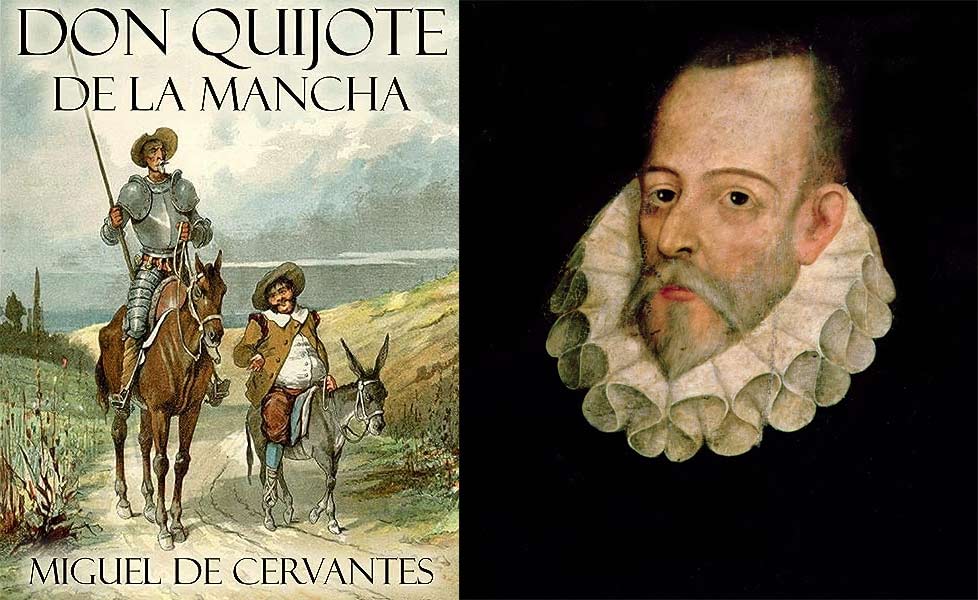
Who was Miguel de Cervantes?
Miguel de Cervantes Saavedra (1547-1616) was a Spanish writer, poet, and playwright who is widely regarded as one of the most important literary figures in history. Born in Alcalá de Henares, Spain, he lived a life full of adventures and hardships. At a young age, Cervantes worked as a chamber assistant for a famous cardinal and later enlisted in the Spanish army. It was during his time as a soldier that he lost the use of his left hand in the Battle of Lepanto (1571), resulting in his nickname, "the one-armed man of Lepanto."
In 1575, Cervantes' life took a dramatic turn when he was captured by Barbary pirates and spent five years in captivity. Upon his release, he struggled to find success as a playwright and eventually turned to writing prose. His masterpiece, Don Quixote, was born from this transition, proving to be an immediate success.
The Underlying Meaning of Don Quixote
"Don Quixote" is a comical and poignant story that follows the adventures of the titular character, an eccentric hidalgo (nobility) who becomes obsessed with chivalric romances. Believing himself to be a knight-errant, the delusional Don Quixote sets out on a series of chivalric quests, accompanied by his loyal squire, Sancho Panza. The novel can be read on various levels, providing a nuanced exploration of human nature, society, and the quest for truth amidst a world full of illusion and deception.
One interpretation of the novel focuses on the theme of reality versus illusion. Don Quixote's fervent belief in a world of chivalry and knightly valour leads him to misinterpret everyday situations, causing a series of absurd and comical misadventures. This delusional behaviour serves as a stark contrast to Sancho Panza's practical and down-to-earth nature, symbolising the different perspectives people occupy in the face of the world's realities.
The novel also provides a satirical critique of contemporary society through the fantastical adventures of its protagonists. As Don Quixote traverses the Spanish countryside, he encounters various individuals from different social classes, revealing the deficiencies and hypocrisies of his time. By exposing the folly of mankind and the moral decay of society, Cervantes encourages readers to question their own values and beliefs.
Finally, at its core, Don Quixote is a meditation on the power of literature and its ability to shape our beliefs, desires, and perceptions. The protagonist's obsession with chivalric tales serves as both a cautionary tale and a celebration of the imaginative and transformative power of storytelling.
Where is the Oldest Known Copy Stored?
The oldest known copy of the first part of "Don Quixote" is held in the Biblioteca Nacional de España (National Library of Spain) in Madrid. This institution serves as the primary repository for Spain's cultural and literary heritage and houses the first edition of the book published in 1605. Furthermore, the British Library contains the oldest known copy of the novel's second part, printed in 1615.
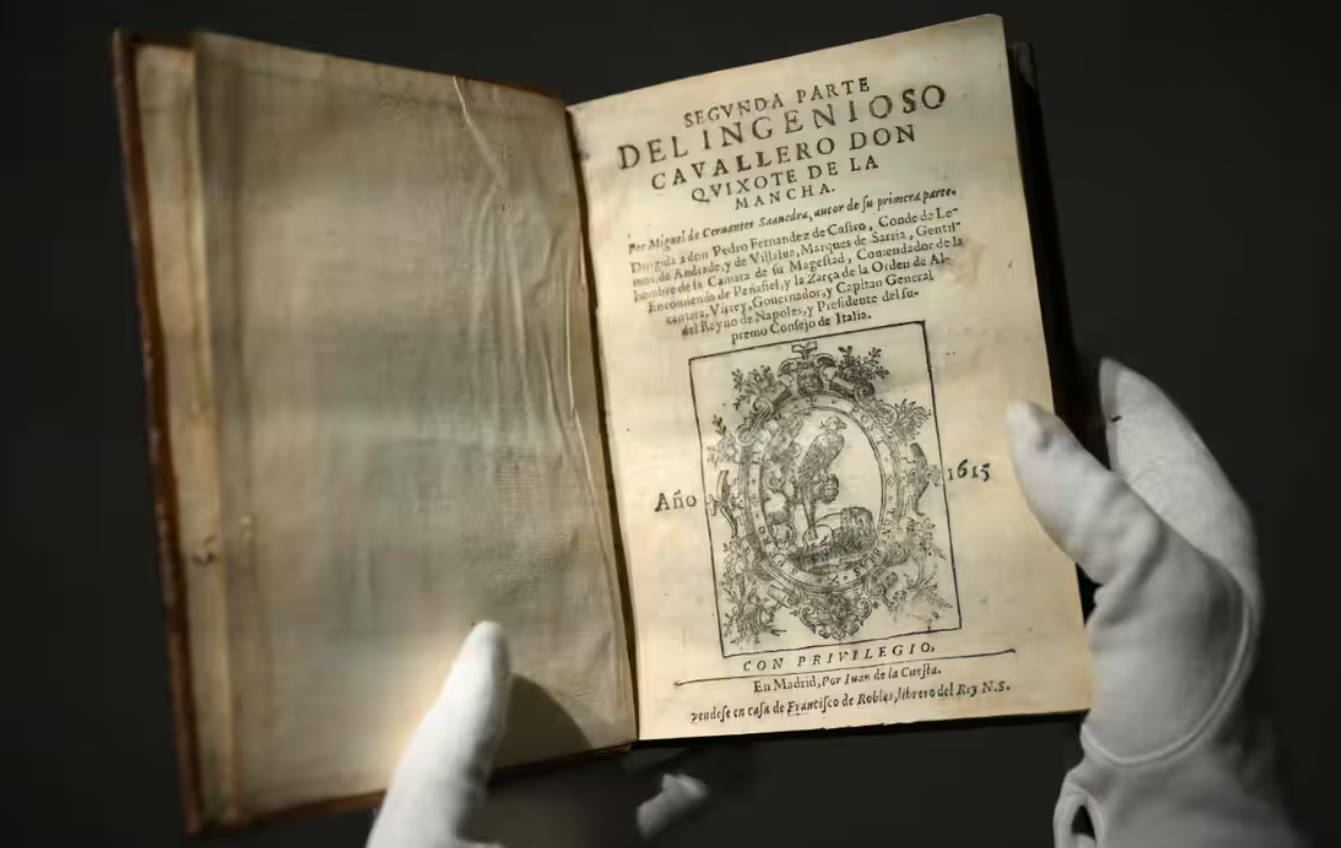
Over the centuries, "Don Quixote" has been translated into numerous languages and remains a vibrant part of the literary canon today. As the first modern novel, it has inspired countless adaptations, interpretations, and homages in art, music, theatre, and film. Through the timeless appeal and rich depth of Cervantes' masterpiece, the legacy of Don Quixote continues to enchant and inspire readers around the world.
 2
Like
Published at 10:31 AM Comments (0)
2
Like
Published at 10:31 AM Comments (0)
Spam post or Abuse? Please let us know
|
|